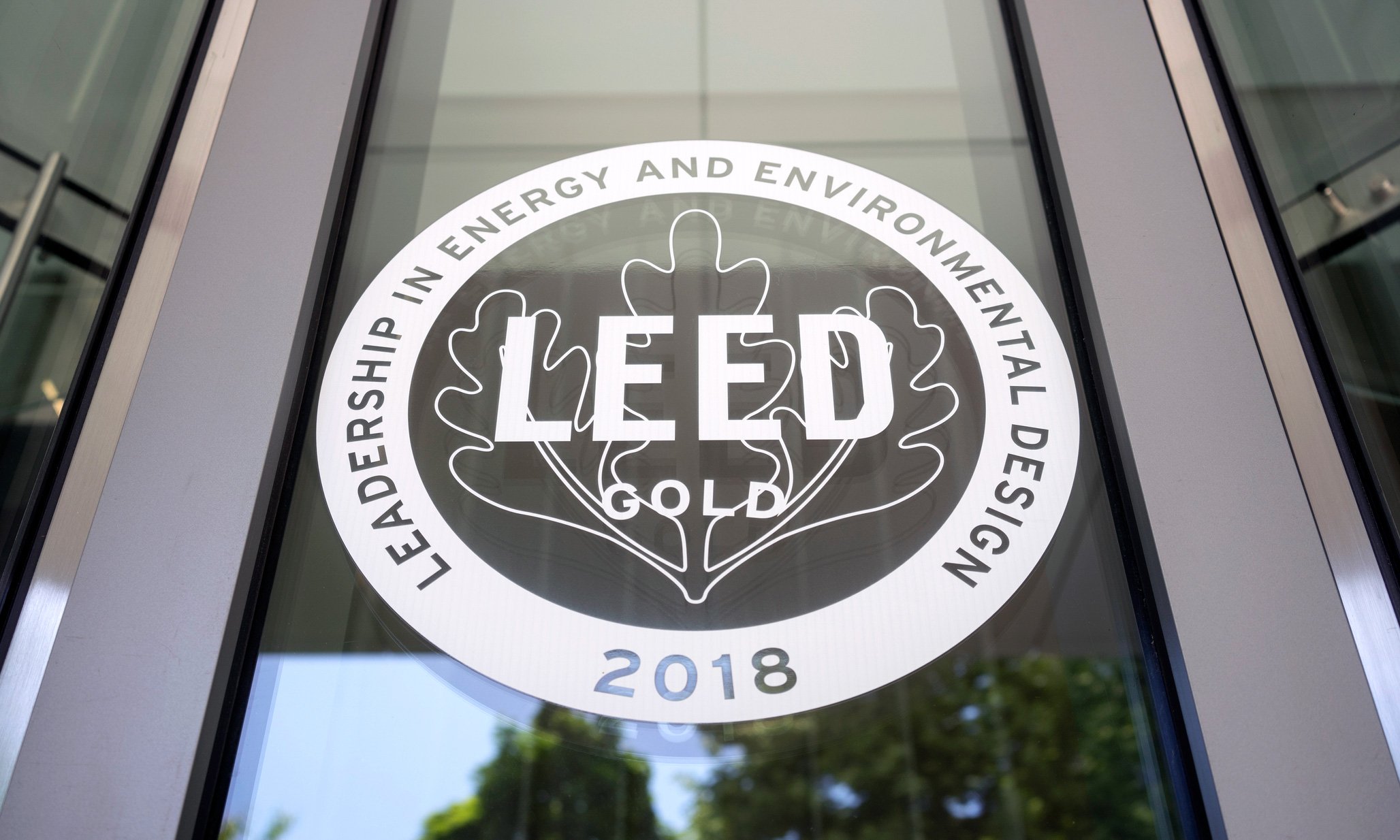
Construction projects, though traditionally emissions-rich, occupying a large environmental footprint, are getting greener, as sustainable construction methods emerge—from ingenious sustainable plumbing systems and sustainable HVAC systems, to eco-friendly alternatives for construction materials like green concrete, and using cutting-edge tools like BIM for sustainability.
An important framework for sustainable building is LEED certification.
LEED Certification Meaning: What Does LEED Stand for and What Does Its Process Entail?
LEED stands for Leadership Energy and Environmental Design. “A globally recognized symbol of sustainable achievement and leadership,” describes the U.S. Green Building Council, LEED is a framework for constructing “healthy, highly efficient, and cost-saving buildings.”
Various elements make buildings green, and qualify them for LEED certification; some of these elements include:
- Design, construction, and operation considerations that prioritize the environment, as well as occupants’ quality of life
- Scalable design capable of adapting to a changing environment
- Use of renewable energy, like solar power.
- Efficiency of resources, such as energy and water.
- A waste reduction process, adhering to the “reduce, reuse, recycle” mantra.
- Superior ventilation and indoor environmental air quality.
- The use of sustainable materials that are ethical and non-toxic.
Is LEED Certification Worth It?
There are a number of benefits that make pursuing and obtaining LEED certification for your project worth the effort. Some of these benefits, which we will discuss in more detail below, include:
- Environmental benefits
- Economic benefits
- Health benefits
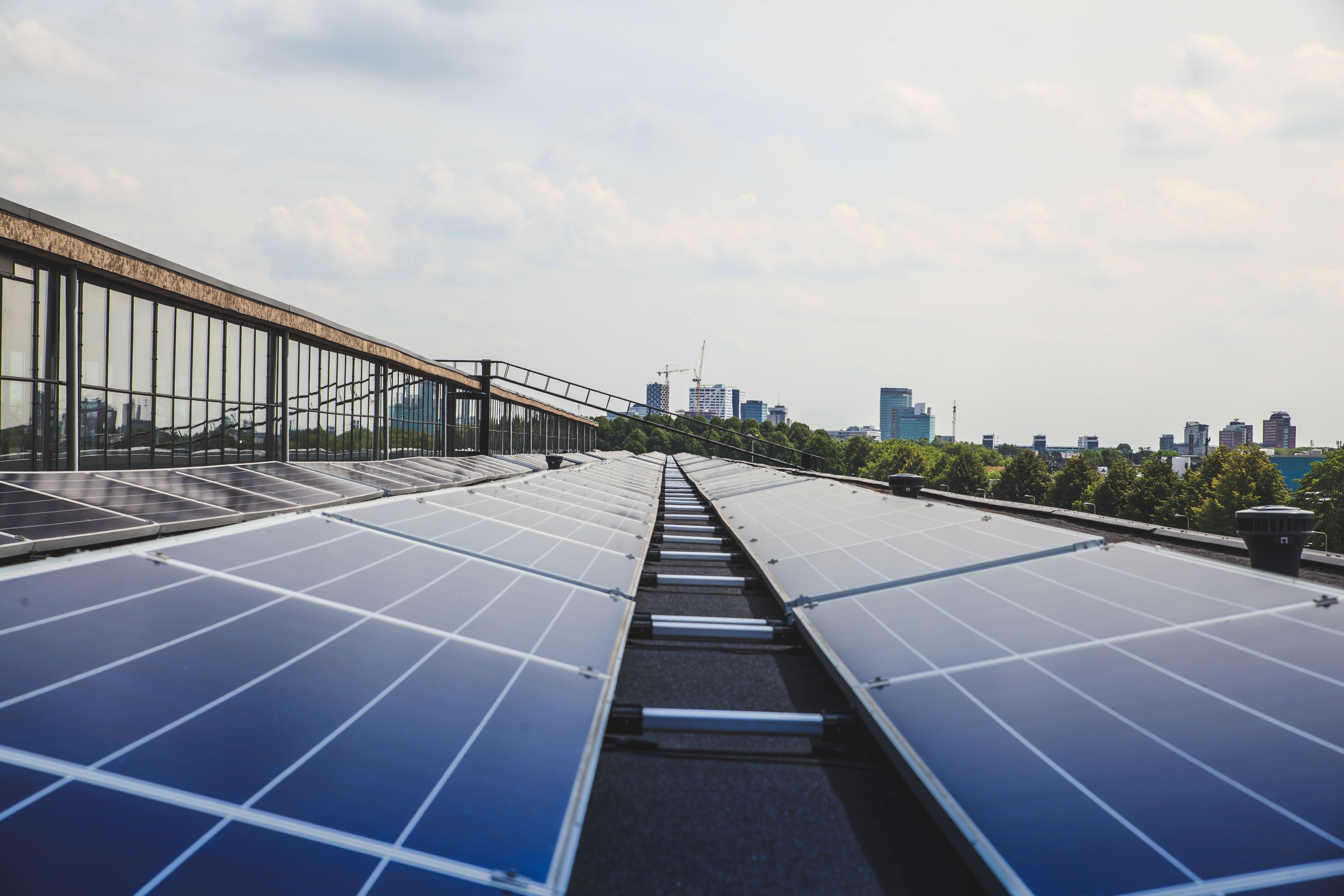
Photo by Jeroen van de Water on Unsplash
1. Environmental Benefits of Green Buildings
The first and most obvious reason for pursuing a LEED project is the environmental perspective.
When we think of emissions, automobile emissions are front and center. With the average passenger vehicle emitting 4.6 metric tons of carbon dioxide per year, it’s no wonder why manufacturers are prioritizing electric vehicles, like Ford making an EV Mustang of their iconic, if emissions-rich, muscle car, or these companies to watch that are turning freight vehicles greener with EV vans and even EV semi-trucks.
But did you know that U.S. buildings accounted for 38% of all C02 emissions? That’s where LEED-certified buildings, pardon the pun, lead the way to increased sustainability. According to the U.S. Green Building Council, LEED projects represent a 34% lower CO2 emissions contribution.
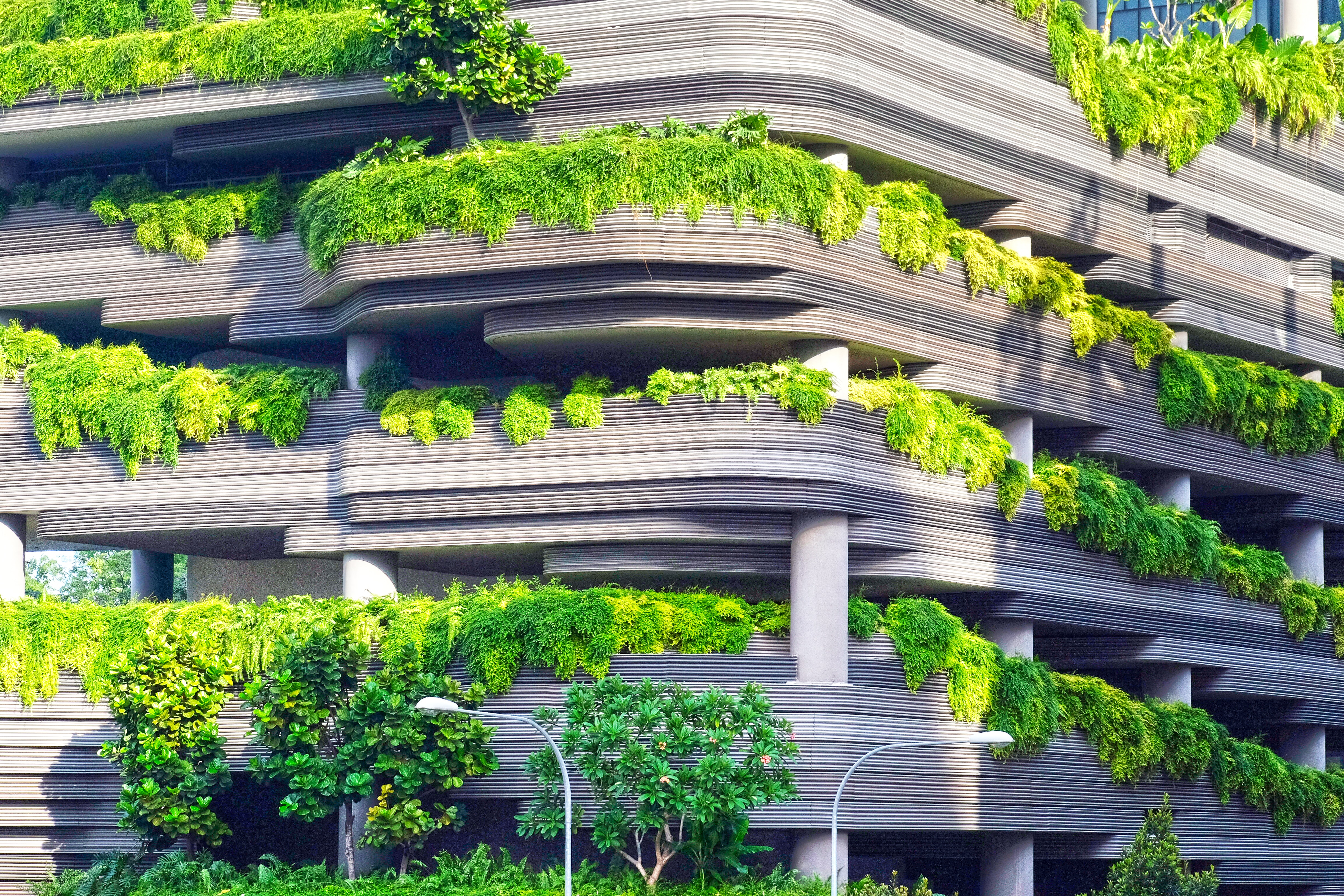
Photo by Danist Soh on Unsplash
LEED buildings also, according to a 2014 UC Berkley study, produce 50% fewer greenhouse gas emissions than conventional buildings, and:
- Consume 25% less energy.
- Consume 11% less water.
- Divert over 80 million tons of total waste from landfills; by 2030, they will have diverted an estimated 540 million tons of waste from landfills.
- Avoid 78 million tons in CO2 emissions.
Pro Tip: Completing your LEED project with sustainable products—like subbing out gas generators for battery power and more sustainable demo tools like battery-powered wreckers and cut off saws—can make your commitment to sustainability comprehensive, starting from the drawing board with the buildings you design, to implementation with the tools you use to construct them.
2. Economic Benefits of Green Buildings
But aside from these environmental benefits that are naturally sought by those completing a LEED project, the U.S. Green Building Council highlights many economic benefits that make LEED certification worth the effort.
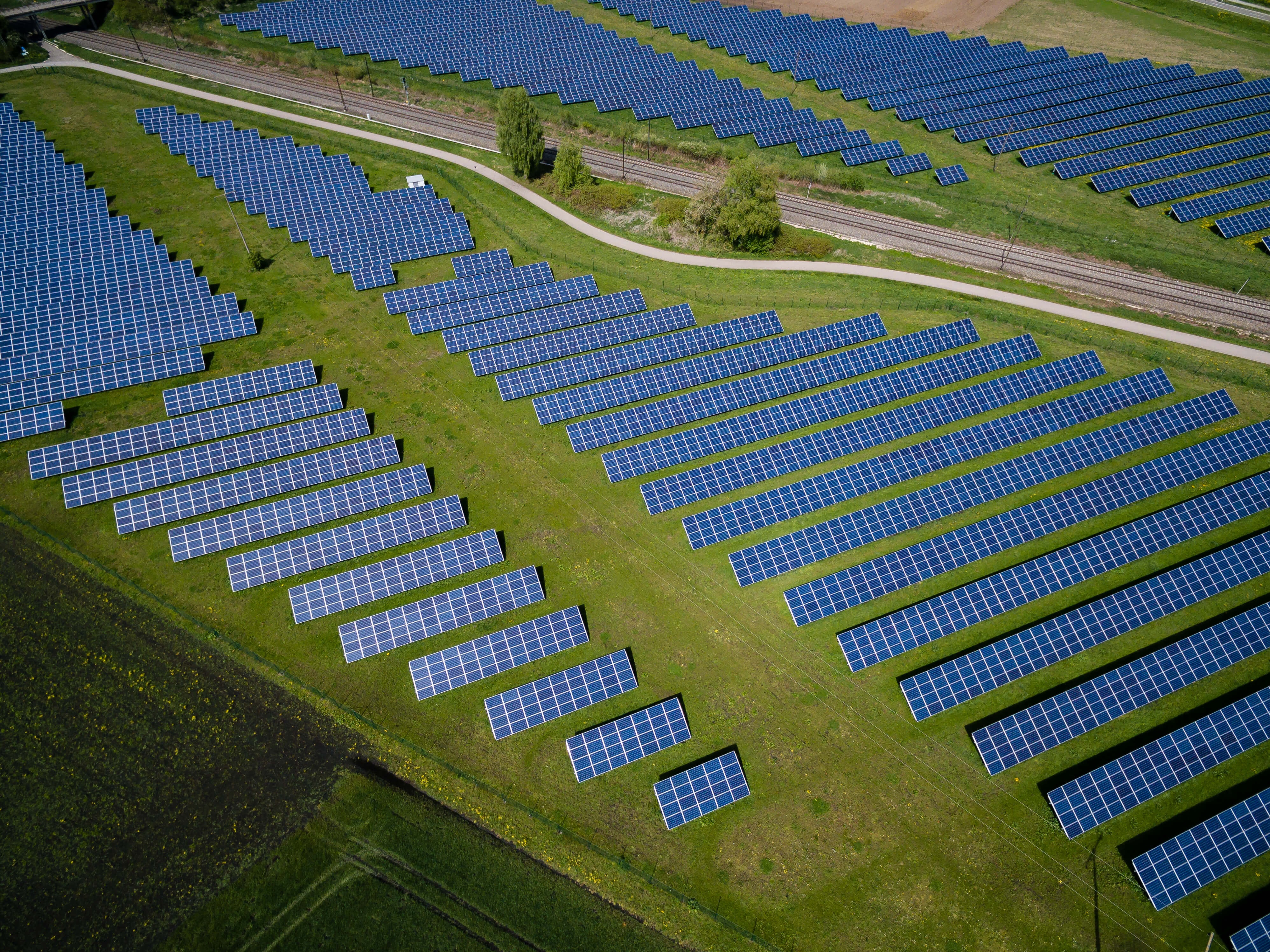
Photo by Andreas Gücklhorn on Unsplash
For example, economic benefits might include:
- Creating a competitive edge – 61% of corporate leaders, they report, believe that “sustainability leads to market differentiation and improved financial performance.”
- Attracting new tenants – LEED-certified buildings, they report, command the “highest rents” with “vacancy rates… 4% lower than non-green properties.”
- Being more cost effective – LEED-certified buildings from 2015-2018 estimated a whopping $1.2 billion in energy savings, $149.5 million in water savings, $715.3 million in maintenance savings, and $54.2 million in waste savings. Maintenance costs at these buildings have also reportedly been nearly 20% lower.
- Increasing asset value – According to the 2016 Dodge Data & Analytics report, owners saw asset value of their green buildings increase by 7% over conventional buildings, regardless of whether they were new or renovated; they also saw a 14% savings in operational cost over 5 years for green retrofit and renovation projects, likely to have significant (welcomed) impact on the pocketbook. The report for 2018 saw this increase to 10% increase in asset value, and nearly doubling since 2012. Resell value is also better, with a study of the Austin-Round Rock Metropolitan statistical area between 2008-2016 showing an 8% boost in value, while homes built with a wider range of green standards saw an additional 6% increase in value.
- Creating justification for increasing rental rates – In Los Angeles, tenants were willing to pay $2.91 per square feet for LEED-certified space.
- Creating jobs – A 2015 study found that green building has created millions of jobs and contributed billions of dollars to the U.S. economy, adding $167.4 billion in GDP. in Texas alone, and creating more than 720,000 jobs. These jobs can range from conventional construction jobs like construction managers, foreman, and general contractors, to the traditional trades like electricians, plumbers, and HVAC technicians, assemblers, to jobs more generally associated with sustainability, like solar panel installers and wind turbine technicians.
3. Health Benefits of Green Buildings
LEED buildings also help support the overall health and quality of life of their occupants and community they’re situated within.
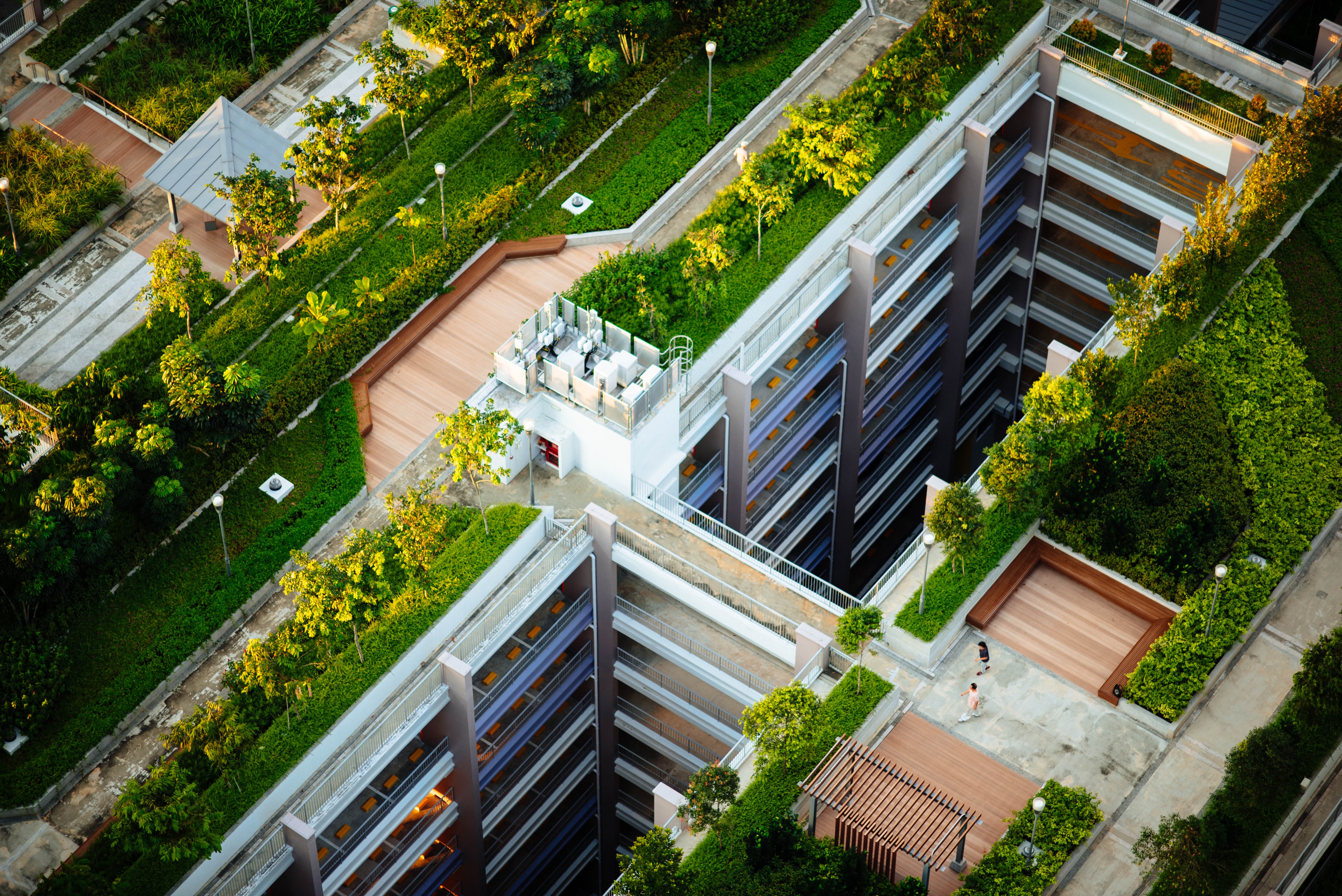
Photo by CHUTTERSNAP on Unsplash
For example:
- Respondents of a survey noted that clean air and water, and less exposure to toxins, to be personally beneficial.
- A 2010 study found green buildings to positively affect employee health and productivity.
What Are the Various LEED Certification Levels?
There is a LEED rating system for every conceivable project: from new commercial buildings, interior design, and homes, to full neighborhood development, to updating an existing building.
The LEED rating system can be accessed HERE with information about where your project might fall, whether you’re looking to certify a new build or recertify a building you’ve retrofitted.
Available LEED certification levels are:
- LEED Platinum Certification represents 80+ points earned.
- LEED Gold Certification represents 60-79 points earned.
- LEED Silver Certification represents 50-59 points earned.
- Certified, or general LEED Green Certification, represents 40-49 points earned.
LEED Building Certification Checklist
The U.S. Green Building Council offers guidance on selecting the appropriate rating system.
You can use their LEED tool to determine the appropriate rating system.
For instance, below are the various rating categories they outline in this tool.
- LEED for building design and construction (BD+C)
- LEED for operations and maintenance (retrofitting and recertification)
- LEED for interior design and construction
- Commercial interiors
- Hospitality
- Retail
- LEED for building design and construction
- Homes
- Multifamily midrise
- LEED for neighborhood development
When you’re ready, sign up for LEED Certification Online to register your LEED project for LEED certification.
Final Takeaway
LEED certification is a globally recognized symbol for sustainable achievement and leadership—a gold standard whose guidelines most construction companies are already incorporating into their builds. We recommend supplementing your commitment to sustainability through LEED projects by adopting environmentally friendly construction processes:
Combining these practices will have a positive impact on the environment, the economy, and on the health of your buildings’ occupants, and represent the important role our industry can contribute to sustaining our planet for years to come.